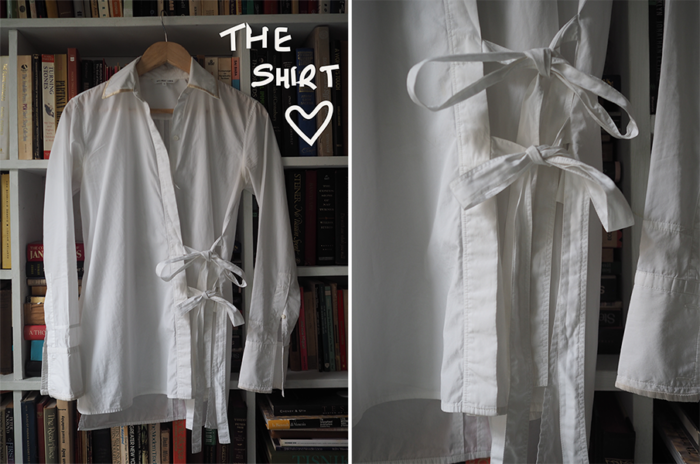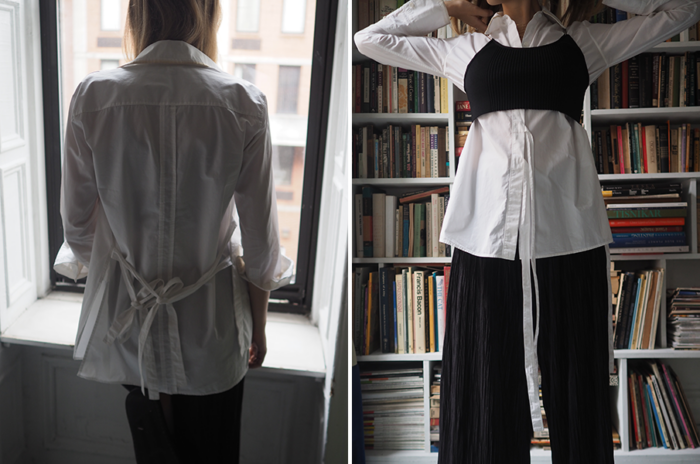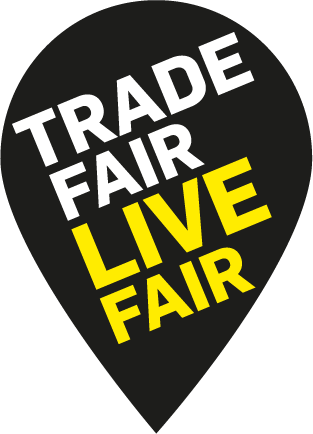Um And Ah, The Psychology of self-justification
By Sonia Kovacevic
Last week, I purchased a beautiful cotton white Helmut Lang blouse. It was in mint condition and $40 from a second hand shop. I hadn’t bought myself anything in a while and it is casual enough to wear daily, yet has a unique flair, adding an element of chic to each outfit.
The process of umming and ahhing over whether to make a purchase is not something foreign to me. Although some factors in my reasoning may have been valid, I was justifying my decision to ultimately make myself feel better about purchasing something that wasn’t necessary.

We are all guilty of self-justification, whether it is over unnecessary purchases, relationships or broken self-promises. By nature, we hold ourselves accountable over a standard moral code, and share impulse to justify ourselves for any actions that do not align with the image and identity we choose to present to the world.
The source of this need to justify our actions and decisions was proposed by psychologist Leon Festinger and is called cognitive dissonance. It is based on the idea that we have an inherent need to achieve internal consistency between our beliefs and our behaviour. When we have two opposing ideas that are psychologically inconsistent, the desire to reduce the gap between the inconsistency kicks in, especially if it is something we feel is erroneous.
Reducing cognitive dissonance occurs almost subconsciously and infiltrates the mind by either changing one or both of the original cognitions, or adding more which bridge the gap. It is also common for people to turn a blind eye to the plethora of information around them, seeking out and focusing on certain information that aligns with their decision and validates their particular choice.

Regarding the shirt, like with many things, my initial thought was “This is nice, but I don’t need it. You feel suffocated by stuff. Save your money”. The trigger for the purchase was a quote I once read which stated “nothing haunts you like the vintage you didn’t buy”. Immediately after the purchase, my train of thought was “ It’s a beautiful designer second-hand piece made from Italian cotton and silk, I just finished a good gig, hardly buy things, are super picky and deserve to treat myself – the find is a steal.”
Despite my love for the shirt that I have already worn multiple times, the process is about owning decisions as opposed to succumbing to the clockwork of delusion in an attempt to retreat from the reality of responsibility. Of course, the more weight a decision has and the greater the consequence, the larger the gap of dissonance and need to reduce it by overemphasizing the “pros” side of the decision.
As humans, despite having the ability to reason, we are also adamant beings with the tendency to become fixated on certain ideas and behaviours. Often subconscious, and brilliantly said by Robert Anton Wilson in his book Prometheus Rising (1983) ‘whatever the thinker thinks, the prover proves’, further surmising that we are trapped in a reality tunnel which our brain has manufactured through various social, cultural, economic and political experiences.
Such biases have been tested by neuroscientists, showing that these inclinations of thought are built into the way the brain processes information. One study revealed through MRI testing, that reasoning areas of the brain were totally inactive when participants were exposed with dissonant information, while the emotion circuits of the brain lit up with happiness when consonance was restored, concluding that our ‘reasoning is biased to emotionally preferable conclusions.’

Now, not all self-justification is bad. If we didn’t do it, we would be less inclined to take risks and step out of our comfort zone. It comes down to self-awareness, and recognizing when and why the turmoil of conflict sparks in our minds. A shift in attention to our principles over the prevailing ‘action mood’ will diffuse some noise and reignite our personal rooted value system. Additionally, one can create space between the thought and action, being open-minded and observing critically as a ‘bystander’ with some reflection.
The vortex of self-justification is ‘not interested in truth, but rather self-preservation’. In an era ignited by activism and the attention on social, environmental and human rights, being aware and taking responsibility of our actions is the key to harmony and progress.
This era is interested in truth and our Earth’s preservation.
My secondhand $40 Helmut Lang steal is a trivial example. The real question and danger is, how far will we go to make ourselves feel better about ourselves?





